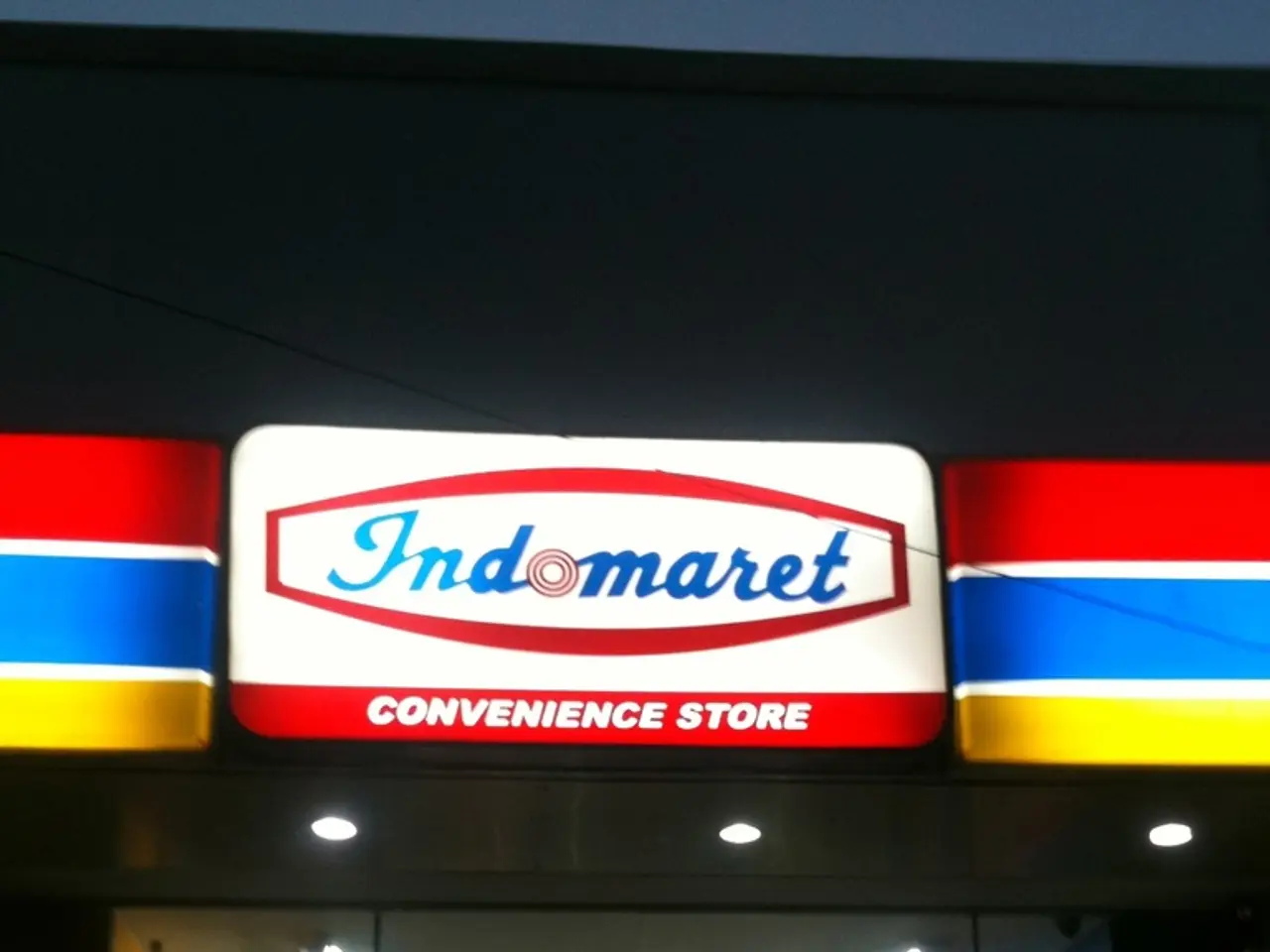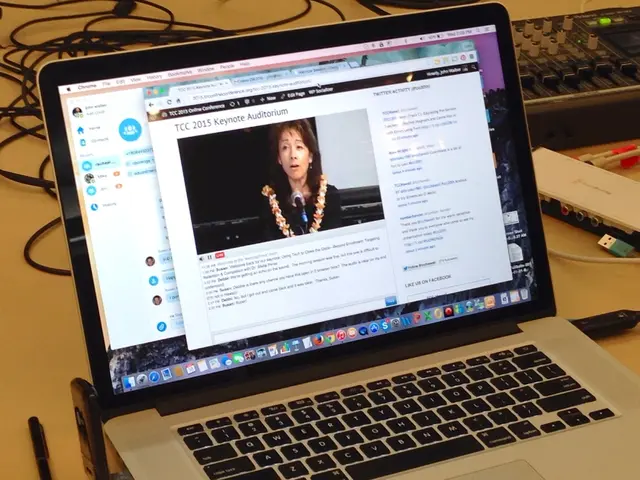Boosting Customer Contentment: The Rationale Behind Developing a Loyalty App
In today's competitive market, businesses are constantly seeking ways to engage customers and build loyalty. One effective strategy is the implementation of retail loyalty apps. Here's a guide on how to create and implement successful loyalty apps.
Key Features of Effective Loyalty Apps
- Dynamic Segmentation and Personalization: By utilising customer data, rewards and offers can be tailored to individual preferences, behaviour, and purchase history, enhancing the customer experience.
- Omnichannel Engagement: Providing multiple channels for interaction, such as mobile apps, websites, and in-store integration, ensures accessibility and convenience.
- Tiered Rewards and Gamification: Offering tiered rewards and incorporating game-like elements can increase engagement, motivating customers to make more purchases.
- Smart Notifications and Updates: Regular notifications about upcoming rewards, special offers, and program updates help keep customers informed and engaged.
- Multiple Reward Types: Including various reward options caters to different customer preferences, such as points, coupons, cashback, and gift cards.
Popular Examples of Loyalty Programs
- Sephora’s Beauty Insider Program: Offers multi-tiered rewards with exclusive benefits for high-tier members, such as early access to new products.
- Starbucks Rewards: Features a points-based system with tiered rewards and uses app notifications to keep customers engaged.
- Amazon Prime: Provides a premium membership with exclusive benefits, such as free shipping and streaming services, enhancing customer loyalty.
Steps to Create an Effective Loyalty App
- Define Objectives and Rules: Clearly outline the program's goals and reward structures, ensuring they align with customer behaviour and preferences.
- Design User-Centric Experience: Ensure the app is intuitive and accessible, with features that integrate naturally into the user's journey.
- Implement Technology and Analytics: Use advanced technologies like AI for personalised recommendations and analytics to track engagement and optimise the program continuously.
- Promote Consistent Communication: Regularly engage with customers across all platforms to maintain excitement and build trust.
Additional Tips
- Surprise and Delight: Introduce unexpected rewards to create memorable experiences and foster strong emotional connections.
- Create Exclusive Clubs: Offer VIP or exclusive program tiers to enhance customer satisfaction and loyalty through premium benefits.
- Monitor and Refine: Regularly assess program performance and make updates based on customer feedback and data analysis.
- Referral rewards can help gain new customers by rewarding existing customers for referring new customers.
- The design of a loyalty program should be tailored to the target audience.
- The benefits of mobile apps, such as convenience and improved customer experience, may motivate businesses to create their own iOS and Android apps with effective loyalty program features.
- In loyalty programs, consumers can be rewarded with points for each successful purchase, which can later be redeemed for discounts.
- Creating a customer loyalty app can provide a consistent brand experience that adapts to specific needs.
- Review rewards can attract attention to a brand by rewarding customers for rating products on public platforms or providing positive reviews on social media.
- Threshold rewards introduce discounts and offers only after a consumer has made a certain number of purchases in a single visit.
By understanding key features and learning from popular examples, businesses can create effective loyalty apps that increase customer satisfaction, grow a loyal customer base, and ultimately drive sales.
Incorporating finance-based rewards such as cashback or discounts can effectively boost customer engagement in loyalty programs, providing a win-win situation for both businesses and customers.
Integrating technology like artificial intelligence and analytics into loyalty apps helps to personalize rewards and offers, creating a more lifestyle-centric customer experience that caters to individual preferences.




